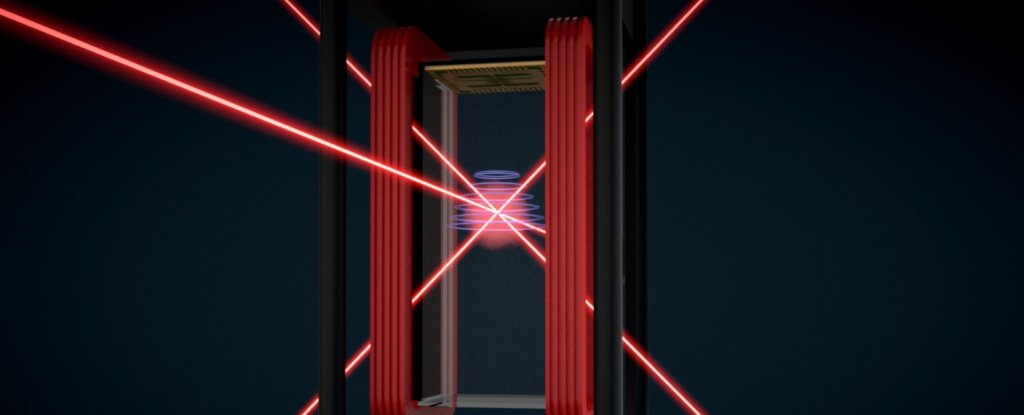The Cold Atom Laboratory might sound like something out of a Sci-Fi TV show, but it’s an actual NASA project looking to better understand extreme cold. The CAL, for short, is an apparatus that NASA will be sending to the International Space Station (ISS) in order to create a spot 10 billion times colder than the vacuum of space.
The apparatus is about the size of a portable ice container and it will travel aboard the Orbital ATK Cygnus rocket. It will be useful in helping scientists observe the quantum properties of ultra-cold atoms and hopefully better understand them.
Absolute zero is, from what we know, the coldest temperature in the Universe and at that point, atoms simply stop moving. Through scientific ingenuity and CAL’s combination of lasers and magnets, an entire cloud of atoms can be chilled to a fraction above absolute zero (-273.15 Celsius/ -459.67 Fahrenheit). At this temperature, the atoms will move extremely slow.
The atom clouds are known as the Bose-Einstein condensates and they can be created on Earth; however, Earth’s gravity affects these condensates, basically dragging them down quite quickly. In this situation, the atoms can only be observed for a fraction of a second.
Meanwhile, the microgravity on board the ISS will help with this problem, allowing the scientists on Earth to observe the atoms for about 10 seconds. It will be the longest anyone has been able to observe the Bose-Einstein condensates and there are a few scientific benefits that come from this.
CAL Project Manager Anita Sengupta of JPL made this comment just last year:
“If you had superfluid water and spun it around in a glass, it would spin forever, there’s no viscosity to slow it down and dissipate the kinetic energy. If we can better understand the physics of superfluids, we can possibly learn to use those for more efficient transfer of energy.”
In addition to that, scientific knowledge gained from this experiment could also help advance superconductivity and devices like quantum computers and laser-cooled atomic clocks. It would open up the gate for observing never-seen-before quantum phenomena.
The scientists also hope that the study and the experiments done with the help of CAL will help them understand dark energy as well. This, in turn, could lead to us figuring out the force that is accelerating the expansion of the Universe.
Follow TechTheLead on Google News to get the news first.





















